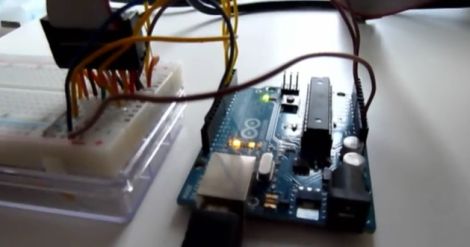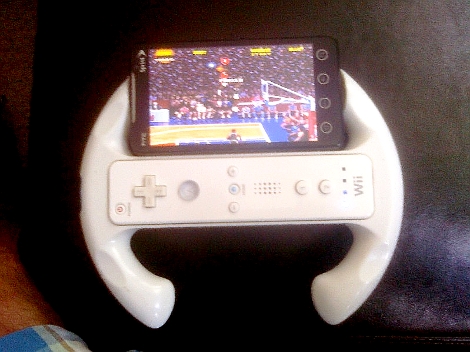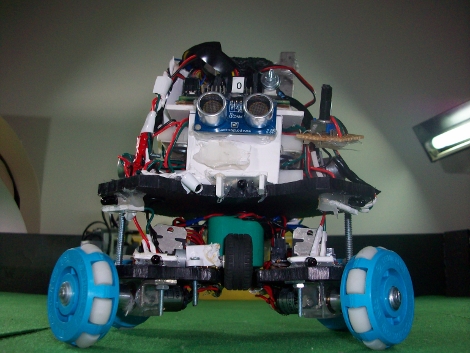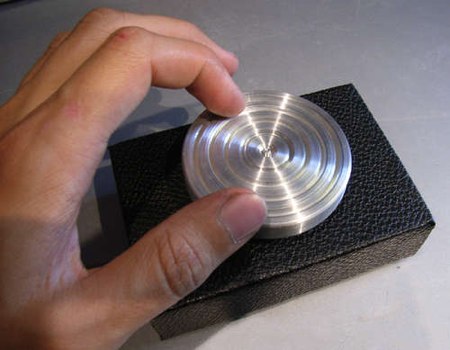
If you look closely, you’ll see that Pikachu isn’t sporting a pair of funky throwing stars, but is actually suspended between there. Our furry friend is just putting a happy face on this carpet roving robot called the Carpet Monkey V5. It’s been in the works for years, and this is just one more stop in the prototyping process as the development of version 6 is already under way.
The project is a testament to what can be accomplished using all of the design tools at your disposal. The motive mechanism was conceived as a cross between the qualities of legs and the ease of using wheels. Each of the appendages are covered with strategically placed points meant to grab onto carpet, and allow the ‘wheel’ to grip objects as the machine vaults over them. You can see that each has a spring mechanism to further facilitate gripping with each turn of the axle. This seems to go far beyond what usually comes out of hobby robotics, and we think that’s a great thing!
After the break there’s a video showing how all the parts of these grippers are assembled. See the bot cruising around the room at about 3 minutes in.
Continue reading “Pikachu Is Coming For You (especially On Carpet)”
















